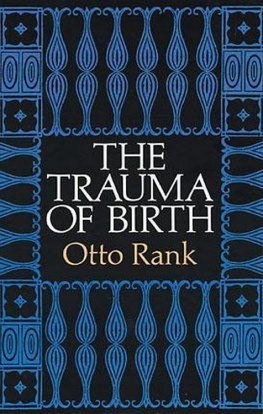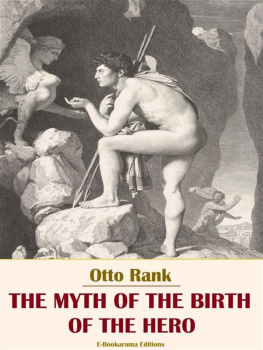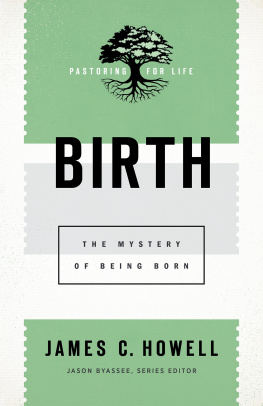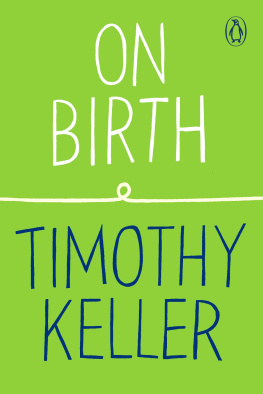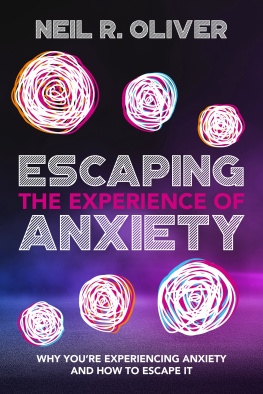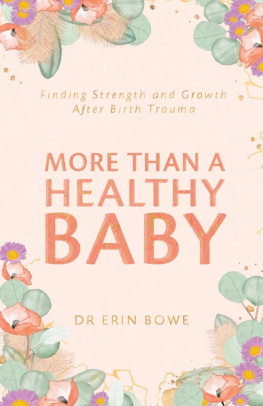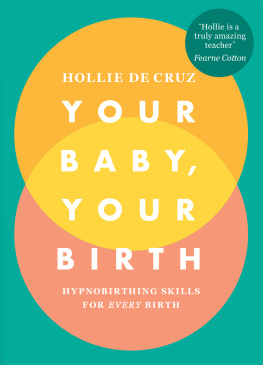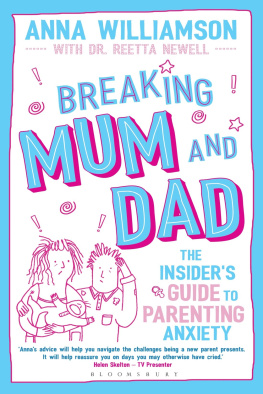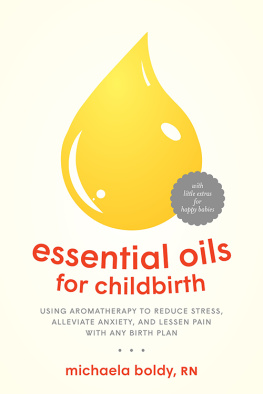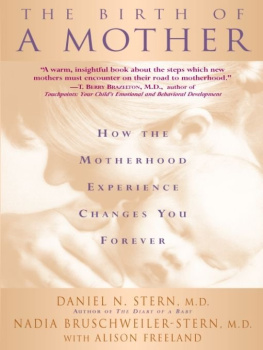THE TRAUMA OF BIRTH
by Otto Rank
Das Trauma der Geburt , 1924;
English translation 1929
INTRODUCTION TO THE DOVER EDITION (1993, out of print)
by E. James Lieberman
One of the most remarkable books in the history of psychology, The Trauma of Birth marked the beginning of the end of the relationship between Sigmund Freud and his favorite disciple, Otto Rank. Rank dedicated the work to his mentor, "the explorer of the unconscious, creator of psychoanalysis." Freud, grateful and gracious, praised it as the greatest advance since the discovery of psychoanalysis. But he had only read the first part. (1)
Das Trauma der Geburt was published in 1924, the year Otto Rank turned forty and made his first visit to the United States. Thus Rank brought his new ideas to America, in English, as soon as the book appeared in German. In New York, Rank was hailed as Freud's emissary, a brilliant man who--unlike Alfred Adler and Carl Jung--could express original ideas while remaining faithful to his mentor. Rank became an honorary member of the American Psychoanalytic Association; professionals and laypersons sought him out for brief therapy. Of course there were some, like the influential psychiatrist A. A. Brill, who were jealous or suspicious. When he and Rank's rivals in Europe aroused Freud's anxiety about Rank's deviation from the narrow path of psychoanalytic orthodoxy, Freud withdrew his support of the new ideas.
Rank, 28 years younger than Freud, had come to his mentor in 1905, just in time to help start up the psychoanalytic movement as Secretary of the Vienna Psychoanalytic Society. A modest stipend enabled him to complete his PhD. at the University of Vienna in 1912. By then Alfred Adler had been expelled from the movement and Carl Jung was about to go. Rank's career was entirely different: clearly Freud's favorite, he became the mainstay of Freud's inner circle-the Committee, or Ring.
Then came this book, just a year after The Development of Psychoanalysis, co-authored by Sandor Ferenczi and Rank: both dealt with a more active approach to therapy, and both had Freud's imprimatur until controversy surrounded them. The two books caused a rift in the Committee which Freud could not heal. Pressured by Rank's rivals, he challenged his protg in letters to New York. Rank, dismayed and furious, counterattacked forcefully, but on his return to Vienna he was reconciled with Freud and the Ring long enough to prepare a move to Paris. From there, beginning in 1926, Rank visited the United States almost every year until finally settling there in 1934. Five years later he died, at 55, a month after Freud passed away in London.
The Trauma of Birth was praised, criticized, misunderstood and, finally, ignored after Rank's break with orthodox analysis. Rich with ideas whose time had not yet come, the book brought a rebuttal by Freud in Inhibition, Symptom, and Anxiety (1926), which included a major revision of Freud's theory of anxiety. Unfortunately, other writers took parts of Rank's thesis and oversimplified or distorted it. A recent reprint of the original German version includes a modern introduction which virtually ignores the text but enthusiastically links Rank to natural childbirth (F. Leboyer), primal scream therapy (Arthur Janov), mind-altering drugs (S. Grof) and intrauterine experience. (2)
Misinterpretations of the birth trauma theory began soon after its appearance. In 1928, the respected psychiatrist Marion Kenworthy, extending Rank's theory into obstetrics, said the child born by Caesarian section "is prone to be less sensitized--he cries less, is markedly less irritated by the contacts of handling, etc.,--than the child delivered through the birth canal." She warned of "profound nervous and emotional shock, a concomitant of every hard birth experience," urging obstetricians to keep pregnant women on diets to produce smaller babies who would be able to get through the birth canal with less trauma! (3) A recent writer asserts, scornfully (but inaccurately), "Rankians proposed that all children be born by Caesarian section to eliminate birth trauma." (4)
Rank bears responsibility for some of the confusion, since he does speak of more and less severe birth traumas. He was too eager to make a strong biological argument, perhaps because he lacked a medical degree with which to bolster his authority. But his basic point is psychological: expulsion from the blissful intrauterine state--separation from the motheris inevitably traumatic. Caesarian section cannot prevent that. Furthermore, that trauma is the prototype for all anxiety crises: weaning, walking, the Oedipal conflict, willing and choosing anything important--i.e., living creatively--and, finally, dying.
The Trauma of Birth sets forth a number of interrelated ideas which are crucial to all of Rank's subsequent work in theory and therapy: the pre-Oedipal phase of development; the importance of the mother; end-setting in therapy (whether brief or long-term); separation; the notion of will; and self-creation or psychological rebirth. The book sparkles with gems of insight set in solid historical, philosophical, anthropological, artistic and literary foundations. Lay readers who feel dazzled or bewildered by some of the theoretical acrobatics should take solace in the fact that Freud had similar feelings.
Rank gives Freud credit for various ideas in the book, notably that birth is the primal anxiety, and that setting termination time in analysis can be useful. Rank wrote this book to praise Freud, not to defy him. Rank's hope and need for Freud's approval kept him from seeing the hazards of leaping forward, farther than Freud was willing to let him go. Perhaps such faith in a mentor is essential for a disciple to take the big creative risk. The alternative--not to care--is unthinkable in the case of these two remarkable men.
Nowadays we forget the degree to which Freud's psychology was father-centered prior to The Trauma of Birth. Rank was quite aware of this pervasive ideology in science and society: "It has been noticed, especially in recent times, that our whole mental outlook has given predominance to the man's point of view and has almost entirely neglected the woman's" (p. 36). This sets Rank apart as the first feminist in Freud's inner circle. Today, of course, we take for granted that the mother-child relationship is crucial in the earliest formative phase of development, but then psychoanalytic theory presented a strong father threatening castration, and a mother whose importance was more erotic than nurturing.
The birth trauma is followed by two normal developmental separations: weaning and walking. Only later does the Oedipal drama become central--and then modified somewhat. (5) The debate over Rank's theory raged around this point, since the Oedipus complex had become synonymous with Freudian theory and clinical practice. To Rank, separation from the analyst at the end of treatment recreated the birth trauma. Analysts and patients confirmed Rank's observation that the ending of treatment brought forth dreams and strong emotions replete with birth symbolism. And Rank brings in Socrates as midwife to the birth of the self through insight (p. 181): the perfect example of knowledge aiding experience. Rank felt that analysis was often too intellectually ritualized, blocking rather than facilitating change, which depends upon experience as much as insight.
As the table of contents indicates, this book ranges through art, anthropology, religion, philosophy and psychology, with an anchor in biology: Rank chose anchor to describe the biologically rooted anxiety which is the crux of his thesis (p. 187). To sum up: we are violently expelled from uterine bliss, threatened with asphyxia along the way. Our lives are dedicated to finding that bliss again, by adapting the world-as-mother to ourselves or vice versa. We repress the birth trauma and the prenatal memory of bliss, but play out the representations of both in every aspect of living and dying. We are anchored to life in large part by (literally) breathtaking anxiety that prevents regression to a state of fetal mindlessness, on the one hand, or suicide, on the other. Life is hard, and the periods before and afterwards are infinitely better (not the Nietzschean epigraph) but we are trapped in our human status, half animal, half divine.
Next page
